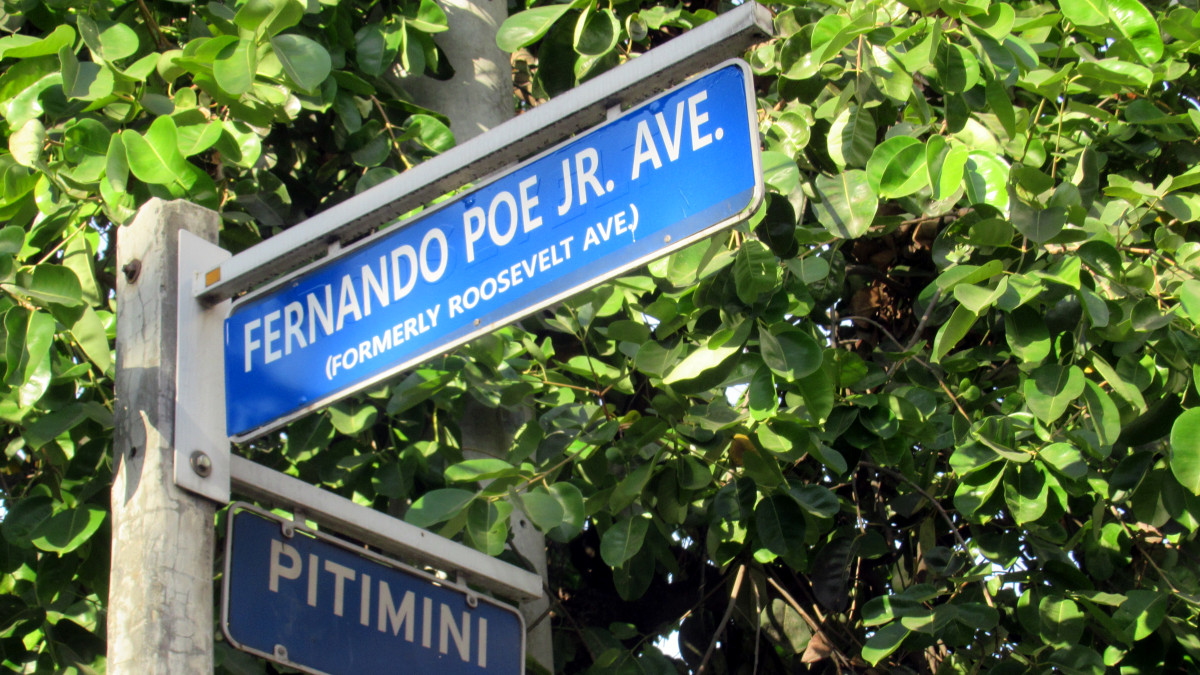Street names are not just simple locations or addresses on a map. They give a sense of history about a place and reflect who society deems important. With our long history of colonization, many streets in the Philippines have been renamed over the years.
In case you missed the news, Agham Road and the BIR Road in Quezon City were jointly renamed as Miriam P. Defensor-Santiago Avenue. The renaming was done supposedly to honor the late senator’s work and contributions throughout several decades of public service.
In December 2022, Roosevelt Avenue was renamed to Fernando Poe Jr. Avenue after the late Filipino action star and former 2004 presidential candidate. Roosevelt Station, the northern terminus of the Light Rail Transit Line 1 (LRT-1), was also renamed FPJ Station to honor the legacy the film icon, who was declared a National Artist after his death.
The renaming of streets in the Philippines is nothing new. Before it was renamed after Filipino historian and journalist Epifanio de los Santos or EDSA in 1959, the main highway in the metro was originally known as North-South Circumferential Road, then Avenida 19 de Junio for Jose Rizal’s birthdate, and Highway 54 in the ’50s. Roxas Boulevard, which is currently named after the former President Manuel Roxas, had three other names including Cavite Boulevard, George Dewey during the American period, and Heiwa Boulevard during World War II.
ALSO READ:
Ever wondered why there’s a Rizal marker in Muntinlupa?
How Shaw Boulevard came to be named after Bill Shaw
Have you ever wondered how and why our roads, bridges, stations, buildings, and other public works keep getting renamed? Why are so many of our roads named after historical figures and politicians? And what’s the impact to road users when a street is renamed?
Read on to find out.
What can be renamed?
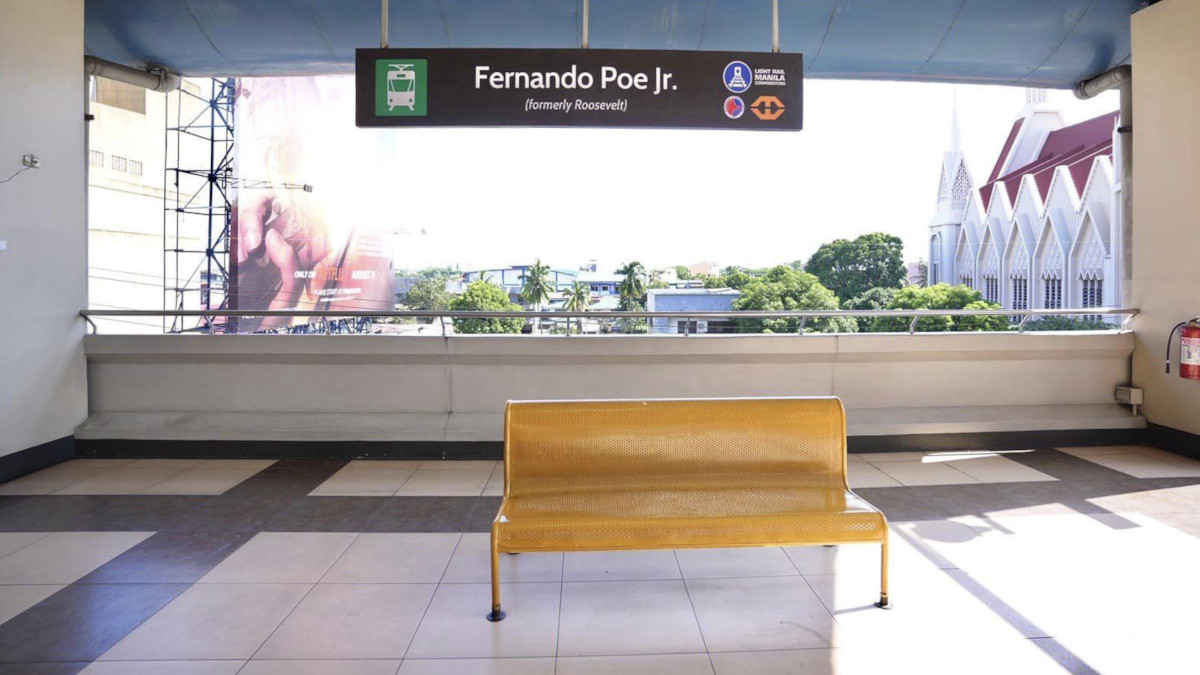
Under the Local Government Code of the Philippines passed in 1991, public streets, public schools, plazas, buildings, bridges, and other public structures may be renamed following certain conditions and local authorities.
National roads, schools, bridges, buildings, plazas, and other structures can be renamed by the Office of the President or the Congress of the Philippines. Public roads, schools, bridges, buildings, and other structures under the jurisdiction of the local governments may be renamed by the local government unit (LGU) concerned.
It’s not just our public streets and highways, either. The present names of provinces, cities, towns, and barangays can be renamed “provided that the renaming shall be a reversion to their old names, found to be more culturally and historically significant.”
Who can rename places?
According to the United Nations Group of Experts on Geographical Names, the Philippines currently does not have a names board, committee or authority. However, the National Historical Commision of the Philippines (NHCP), the agency tasked to promote Philippine history and cultural heritage, released Revised Guidelines on renaming public spaces like streets to standardize the process.
All public places in the Philippines may be named or renamed by the President, through a proclamation, or by Congress, through legislation.
LGUs are also authorized to name or rename public places in their own jurisdiction, with the exception of barangays. However, LGUs cannot rename public places if the original name was created by an act of Congress or by a proclamation of the President of the Philippines.
In consultation with the NHCP (formerly known as the National Historical Institute), the sanggunian of component cities and municipalities may change the names of streets, roads, schools, health facilities, or any other public place or building within its territorial jurisdiction.
What should the character of the names be like?
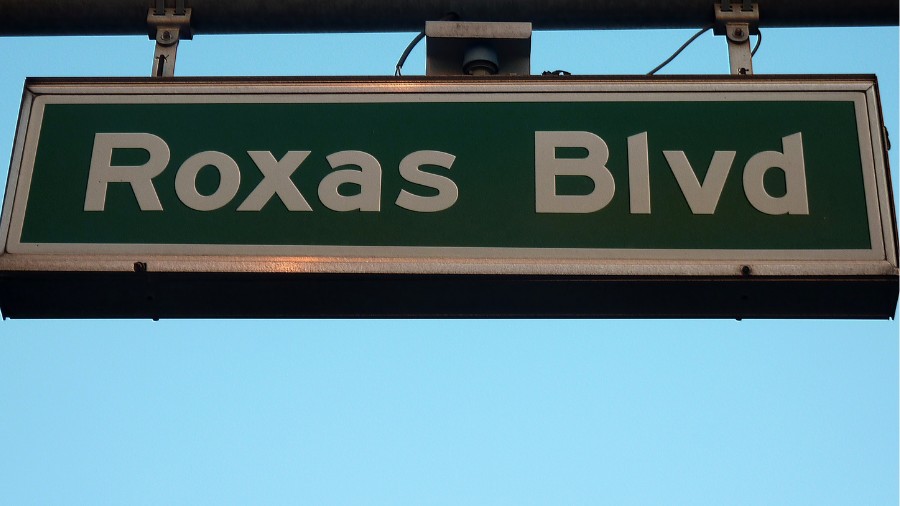
According to the revised guidelines, the proposed names must have “historical and cultural significance” or contribute to development of national pride through the good example exhibited by the name being used. Furthermore, the recommended names for public places should be appropriate in terms of historical value and significance to the place to be named or renamed.
Indigenous names of roads, streets, barangays, and other places should be preserved especially if that name is unique to the place. For example, places with names like Sampaguita, Tagaytay, Kundiman, Tayuman, and so on should not be renamed.
The guidelines also state that Hispanized and foreign terms should be retained if they have attained a degree of historical significance and have been “sanctified by usage.”
The use of Filipino words should also be encouraged in the naming or renaming of streets, plazas and other public places. For practical and aesthetic reasons, names should be short and simple.
When should places not be renamed?
The guidelines discourage the use of names that are too complicated and confusing. The use of nicknames or aliases in the naming of public places should also be avoided.
Schools, hospitals and other public structures that are already named after the province or municipality are considered appropriately named and should not be renamed.
Natural features such as islands, rivers, seas, oceans, mountains, and plains should also not be renamed, unless they are being reverted to their old indigenous names, according to Part III of the NHCP’s Revised Guidelines.
What are the rules for renaming places after people?
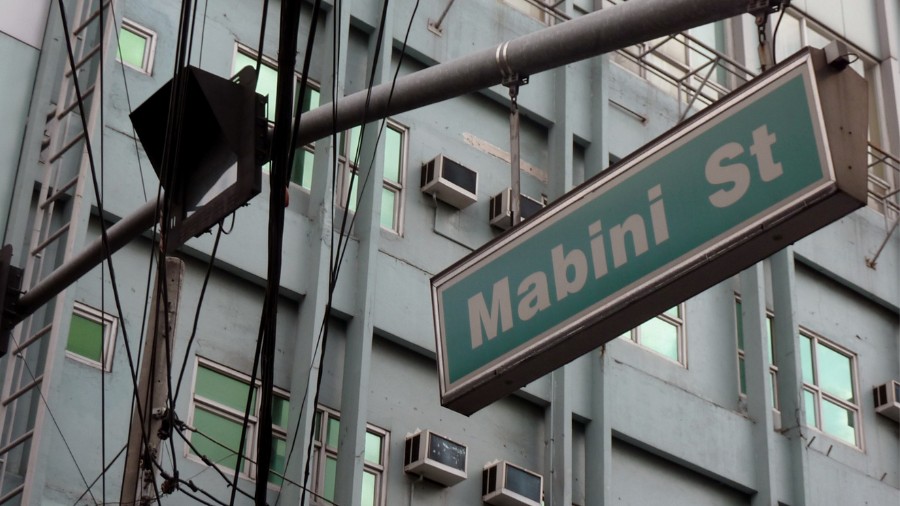
Ever noticed how streets are now being renamed more aggressively after deceased politicians, businessmen, religious leaders, and their relatives? It’s no secret that politicians and public officials love to influence the naming of roads and places to relatives with the same family name to promote their political or personal agenda.
According to the guidelines, a street, plaza, or any public place may be named or renamed to honor a person or family, only if they contributed to the welfare of the Filipino people. Apparently, public roads in the Philippines can be named/renamed after the following:
- Presidents and national heroes for primary roads;
- Senators and congressmen for secondary roads; and
- Local officials for tertiary roads
According to the guidelines, public places such as those already named after presidents and national heroes should not be replaced with names of people of lesser importance. For instance, places named after national heroes cannot be renamed after local heroes, while places named after presidents cannot be renamed after senators.
Streets bearing the names of religious personalities identified with the national movement should also be retained or recommended for street names as well as for other public places.
In cases where the name and initials are the same with other prominent personages, the full name of the person intended to be honored should be specified.
Another rule is that no public place should be named or renamed after a person when “questionable propriety might arise from the said act.”
ALSO READ:
Gallery: Check out these colorized photos of old Manila
What are the stories behind these jeepney stops in Metro Manila?
Can places be named after people who are still living?
Short answer, no. According to the revised guidelines, no local government units, institutions, places, or buildings can be named or renamed after a living person, including incumbent politicians.
In fact, no public place should be named or renamed after a person within 10 years of their death except for highly exceptional reasons. Allowable instances include death due to assassination in the service of the country, giving exceptional service to the nation, death while trying to save others, death as a result of patriotism, and death while in performance of one’s duty.
Historical significance
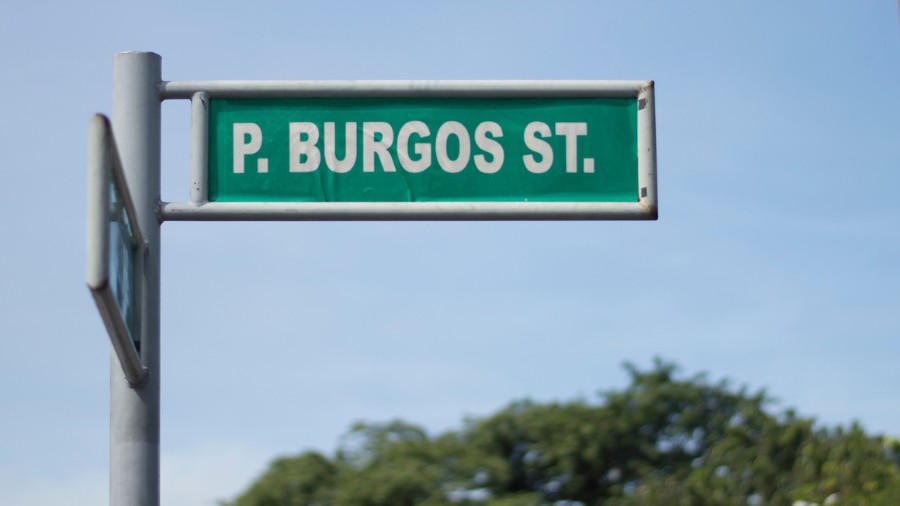
Since street names bear a sense of history, no public place should be renamed if the present name has attained a degree of historical association and has developed an importance of its own. Contrary to common practice, names of places that have been “sanctified by long usage” by the people, shall supposedly be retained and preserved.
Public places named after foreigners or with foreign names may also be retained if these names were associated with the place and attained a degree of historical significance.
However, historians like Ambeth Ocampo, who formerly served as the Chairman of NHCP, point out that the “incessant naming and renaming of streets” has often been done often in complete disregard of their historical significance, with many streets named after politicians or political figures.
Who knows what historic streets like Taft Avenue, Roxas Boulevard, Quezon Boulevard, or España, could be called in the future?
Aesthetic unity and continuity
An interesting provision states that streets should not be renamed if it is one of complex of related street names in one district and renaming one of them would destroy aesthetic unity.
Imagine changing the name of one street in Quezon City’s Teachers Village like Matalino, Masipag, Mabait, Magalang, and so on. These roads were originally named after moral values and virtues of ideal teachers, and changing one name would ruin the whole set.
Top Gear readers will also be interested to know that there’s a subdivision in Cainta, Rizal, with streets named after car brand and models like BMW, Ferrari, Jaguar, Lancer, Pajero, Porsche, and more.
According to the gudelines, no portion of a street or road may be renamed if it will disrupt the continuity of its present name.
What happens when a street is renamed?
After a street is renamed, the Department of Public Works and Highways (DPWH) will issue the rules, orders, and circulars needed to implement the provisions of the law within 60 days from effectivity.
Renaming a street means that existing street signage will have to be replaced, which can incur signifacant costs if it’s a long street. As the engineering and construction arm of the government, it’s the DPWH’s resposibility to take care of the maintenance of national roads and bridges, which includes standardizing road signs. Local roads fall under the jurisdiction of local government units.
Road users will also need to familiarize themselves with the new names, which can get confusing for those who have to navigate city streets regularly. Street name changes directly affect those who live and work in the area when it comes to providing their home or business address, and can disrupt basic mail delivery and services.
Residents will have to notify family members and friends about the street name change. Businesses may also have to update their business addresses, notify clients of the change, and update all their social media accounts. New street names can lower the recognition of an already established area. To facilitate the delivery of postal matters and serve as a guide for people, the old name used by residents should be placed underneath the new name in the signage.
Interestingly, Google Maps keeps updated with both old and new street names. If you search online, BIR and Agham Road now displays Senator Miriam Defensor Santiago Avenue, so navigation shouldn’t be a problem.
What’s your take on our streets constantly being renamed in the country? Should we revert to the old names? Sound out below.
